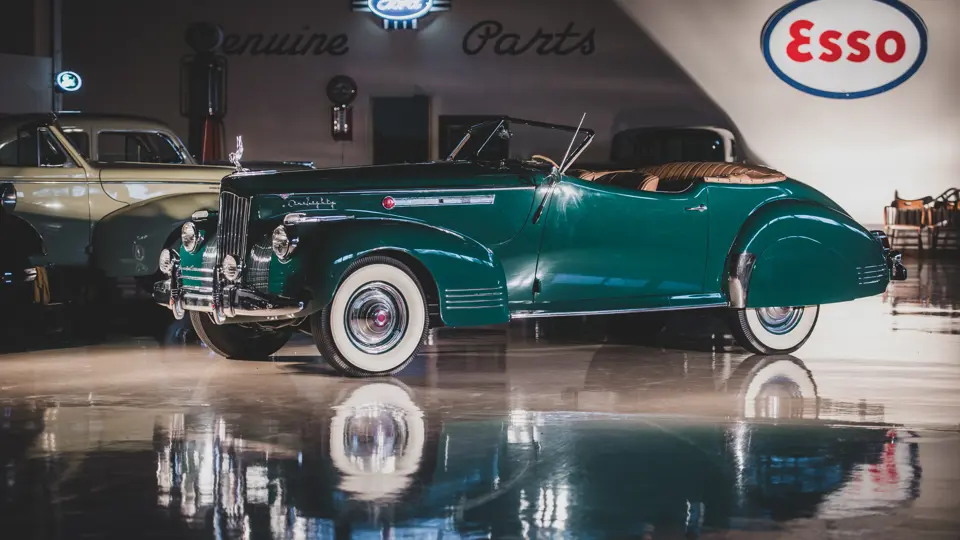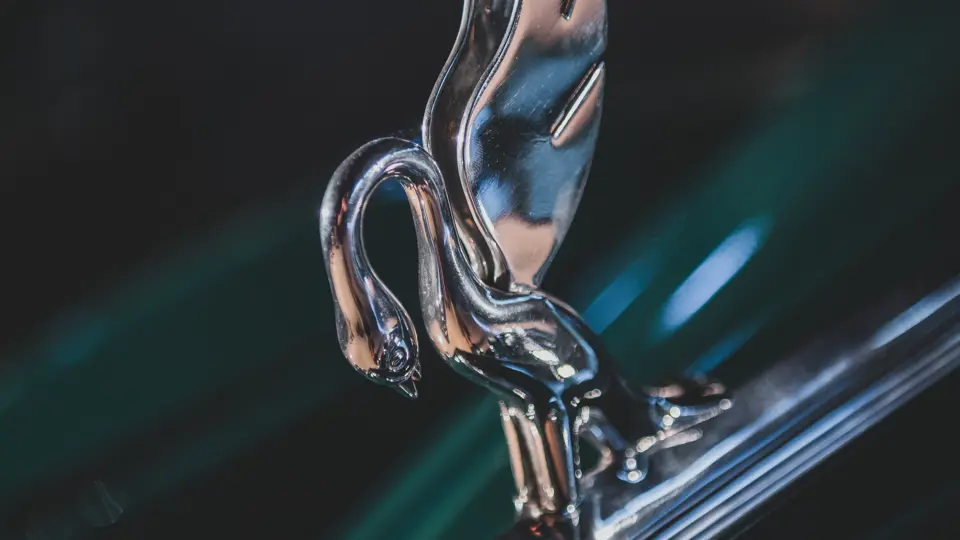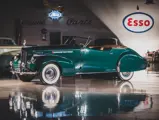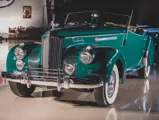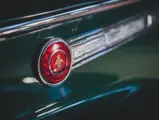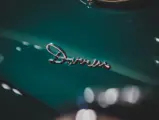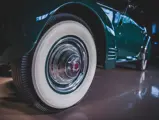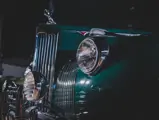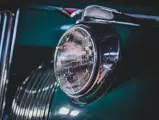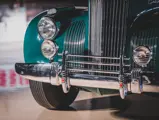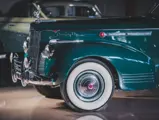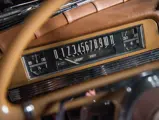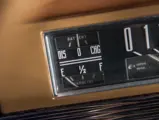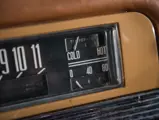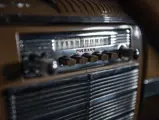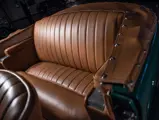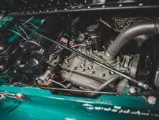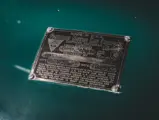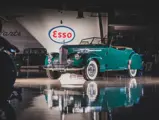
1941 Packard Super Eight One-Eighty Convertible Victoria by Darrin
{{lr.item.text}}
$307,500 USD | Sold
The Richard L. Burdick Collection
{{bidding.lot.reserveStatusFormatted}}
- Offered from the Richard L. Burdick Collection
- Formerly owned by Malcolm Pray and Charles Swimmer
- Iconic Dutch Darrin design; the 15th of 35 built for 1941
- Wonderfully presented older restoration
- Classic Car Club of America (CCCA) Full Classic
By 1939, the era of coachbuilt automobiles was coming to an end. However, isolated expressions of the designers’ art continued to appear, and many of these are considered icons of the age. Prominent among these is the Packard Darrin.
Howard “Dutch” Darrin was born in New Jersey in 1897. A person of many talents, he was on the staff of Automobile Topics magazine at age 10, and became a notable amateur football player. Possessed of innate engineering acumen, he worked on an electric gearshift project for John North Willys, but it was his friendship with Thomas Hibbard that prepared him for life as a well-known designer.
Hibbard worked at the New York coachbuilders LeBaron, Inc. In spring of 1923, the pair sailed for Paris, intent on surveying the European car scene. They decided to stay, and opened Hibbard and Darrin, a design partnership that shopped the actual body construction out to a company in Belgium. The firm prospered, but by 1930 the prospects for coachwork in Europe were no better than in the U.S. In 1937, Darrin returned to the U.S. and moved to Hollywood, where he established himself as a designer of bespoke cars for the stars.
His first Packard was a low-slung 1937 One-Twenty roadster, which led to similar cars in 1938 and ’39. Helped along by Darrin himself, the designs came to the notice of Packard management. For 1940, a Darrin Convertible Victoria was offered on both the One-Twenty and One-Eighty chassis. Devoid of running boards, it also had cut-down doors presaging what would later be called the “Darrin dip.”
For 1941, both Packard Darrin models used standard nose sheet metal. Victoria doors were now hinged at the front, and production was carried out by Sayers and Scoville, hearse and ambulance builders in Cincinnati, Ohio. It is believed that 35 were built, and just 12 of a nearly identical 1942 model. Packard progress was now centered on the new streamlined Clipper design, which did not lend itself to Darrin’s deviations. Thus, there were no such extravagances when production resumed after World War II, but by that time Darrin was busying himself with the new Kaiser and Frazer cars.
This Packard Darrin Convertible Victoria was restored in Dallas in the mid-1980s. Presented in a rich shade of green, it has brown leather upholstery and tan canvas top. Features include overdrive, a factory push-button radio, heater, accessory turn signals incorporating the original sidelamps and taillamps, and Packard driving lights. It achieved CCCA National First status, medallion number 1718, for owner William Adamson at a Pennsylvania Grand Classic in 1992. Subsequent owners include noted collectors Malcolm Pray of Greenwich, Connecticut, and Chuck Swimmer of San Diego, California. The 15th of a reported 35 Darrin Convertible Victorias built for 1941, this car is one of fewer than 20 estimated survivors.








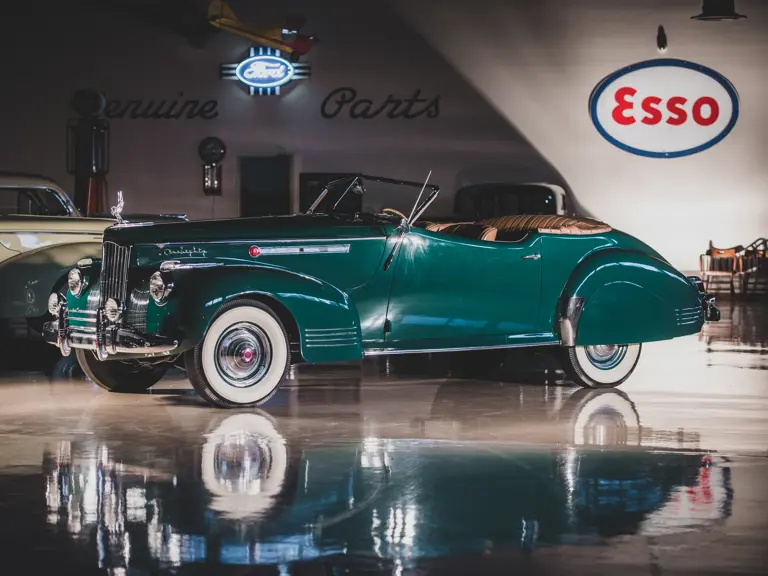
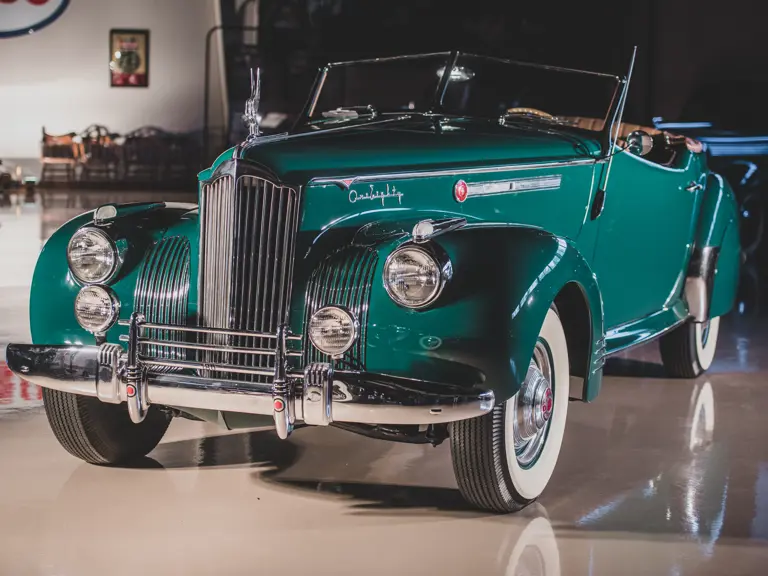
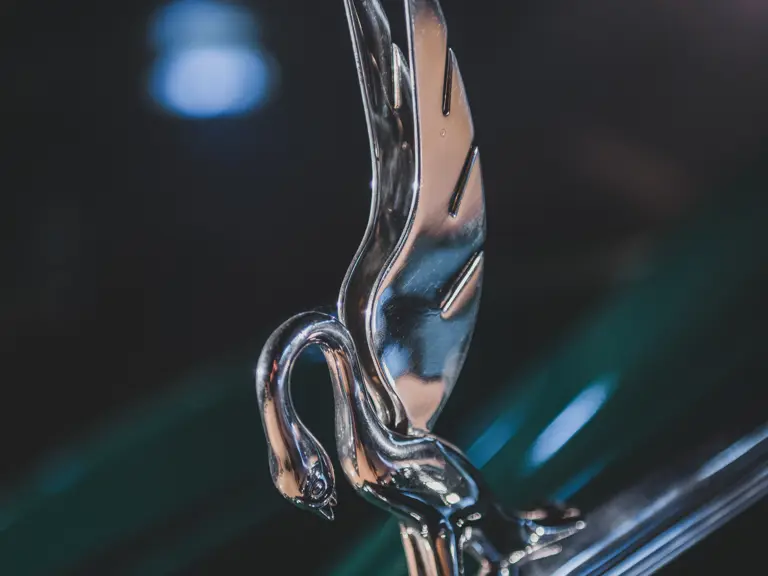
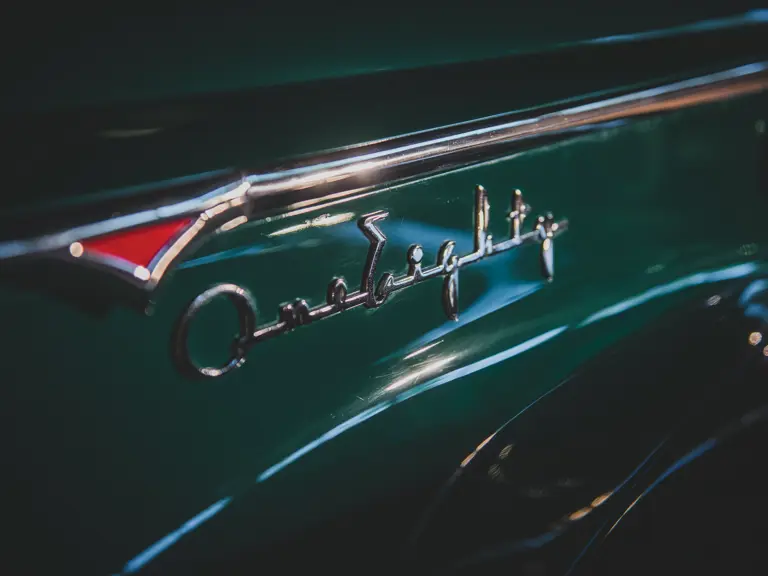
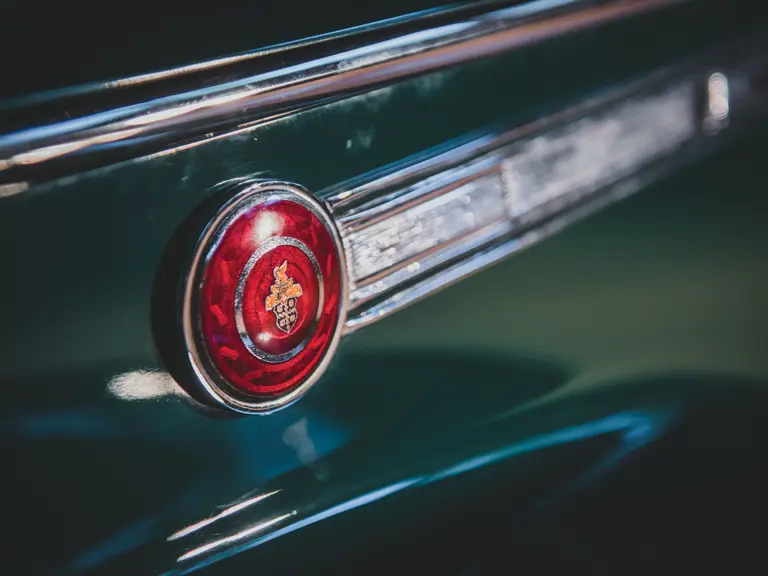
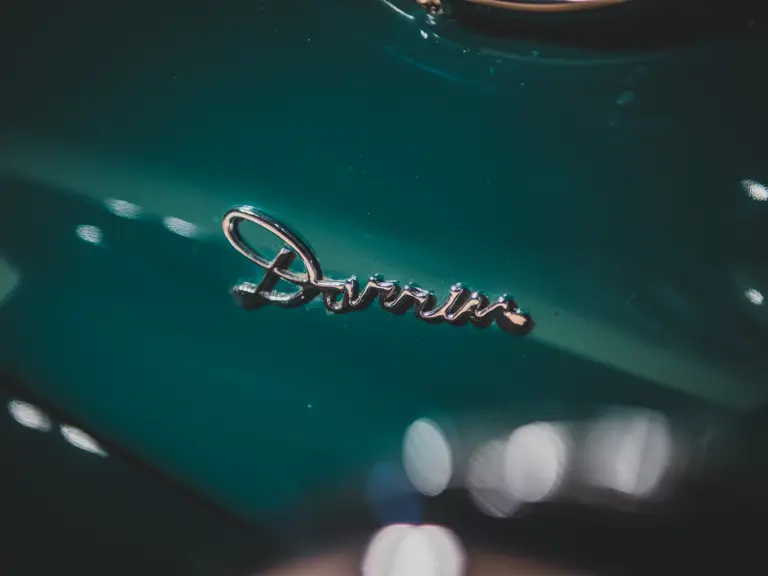
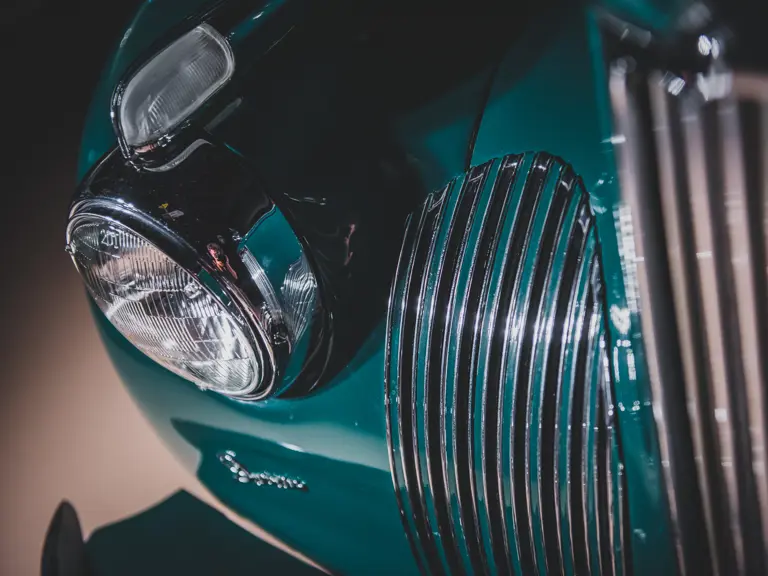
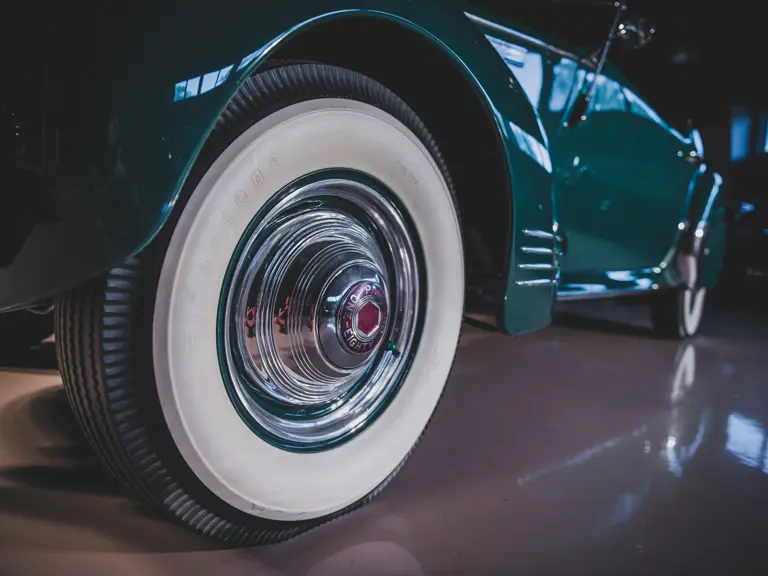
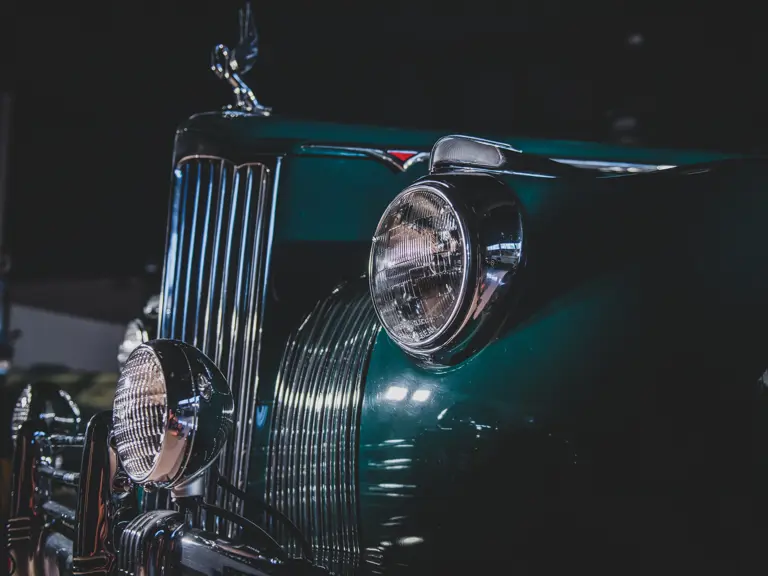

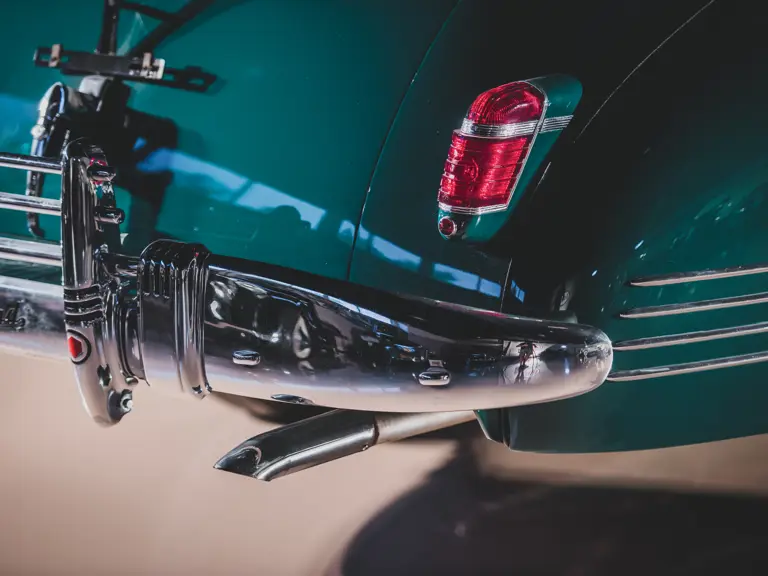
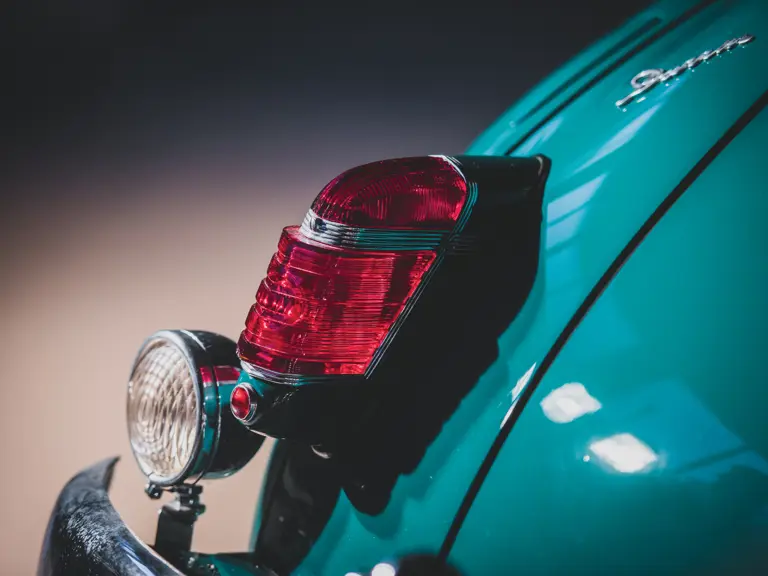
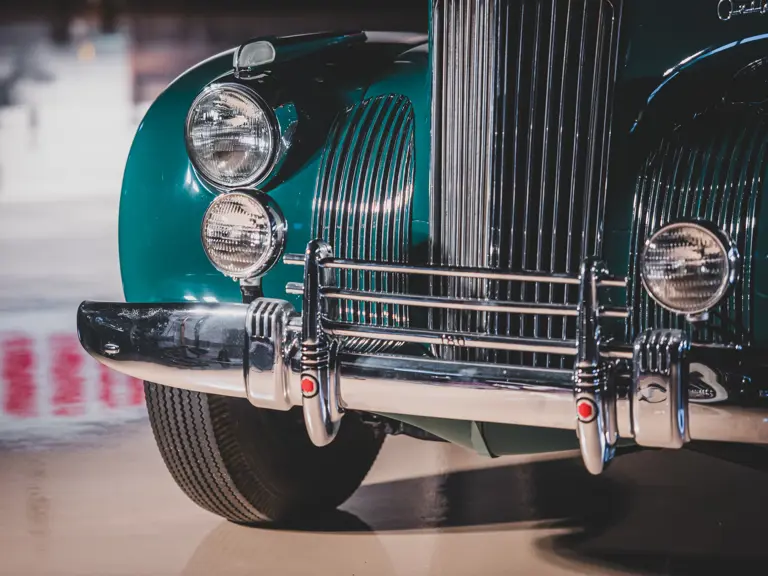
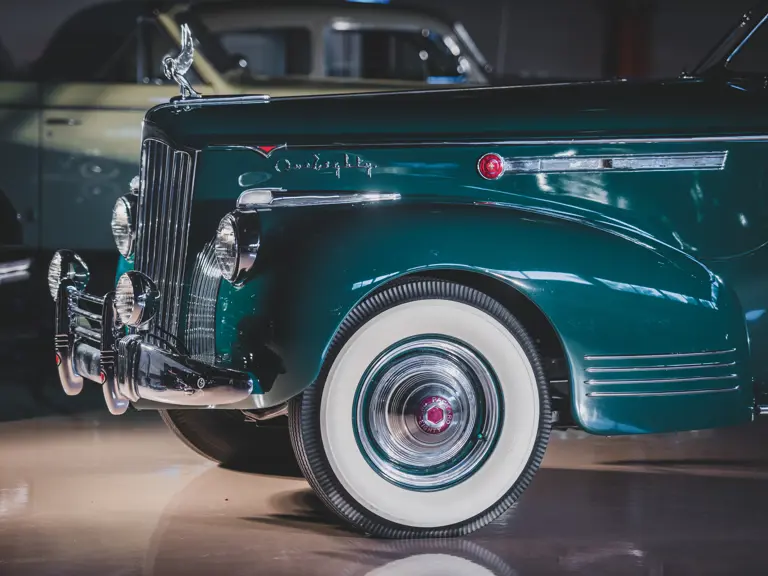
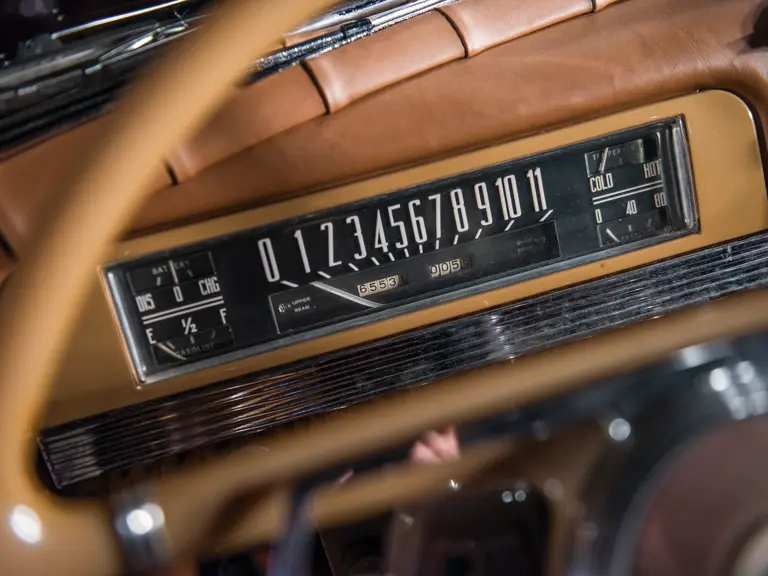

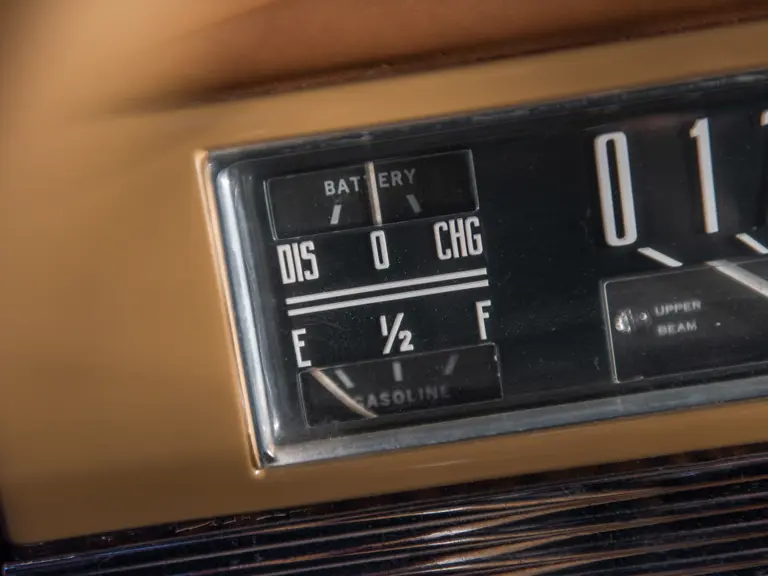
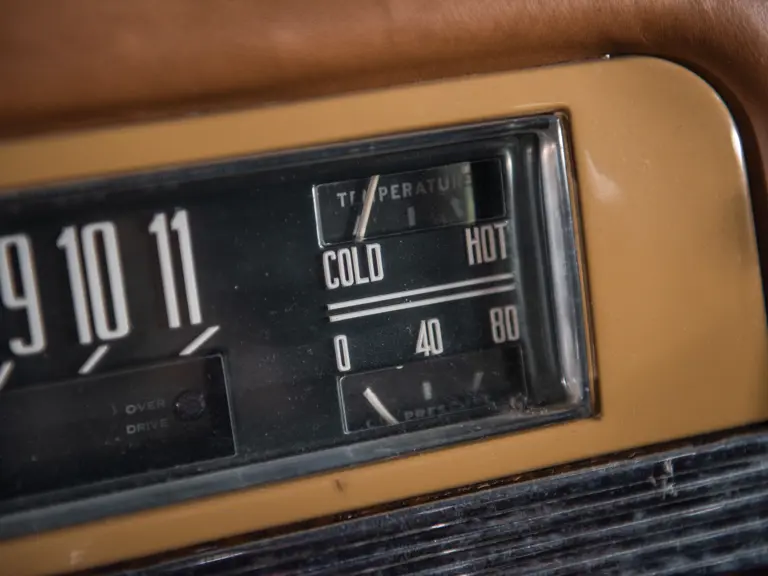
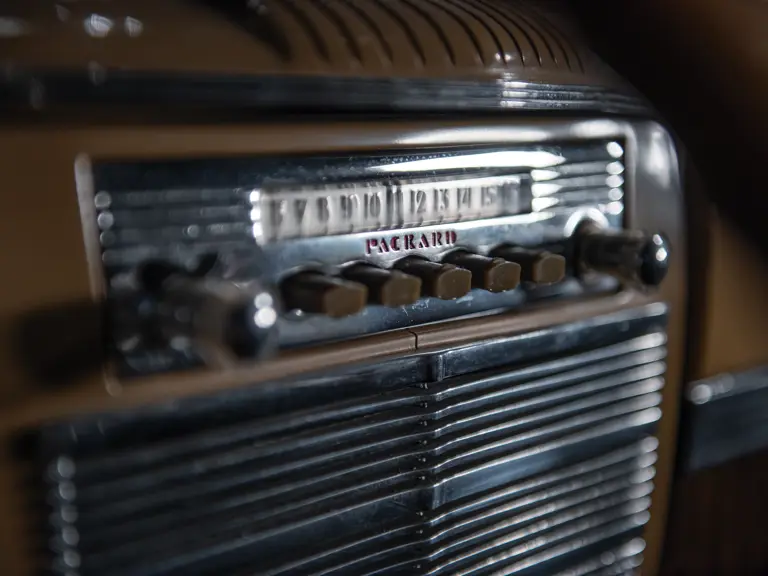
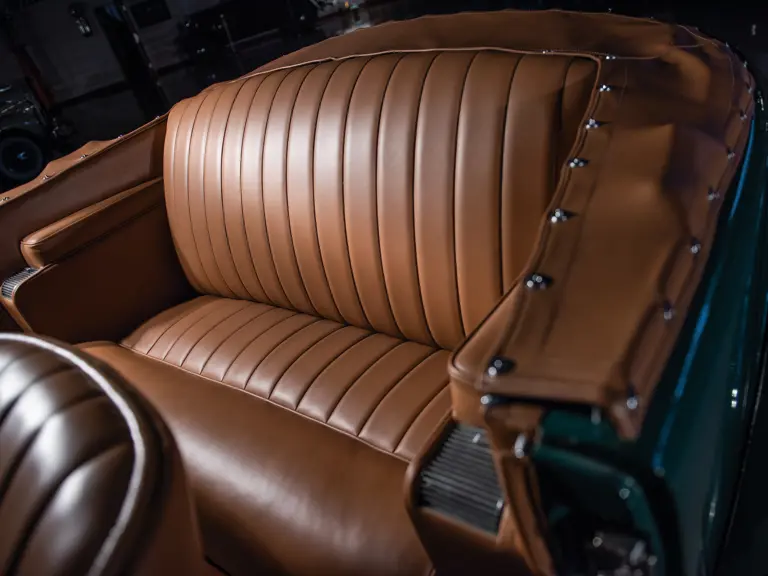
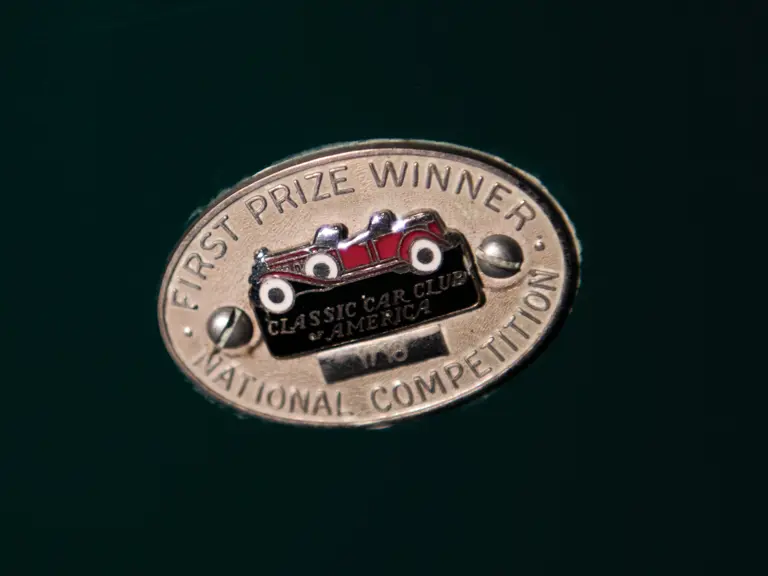
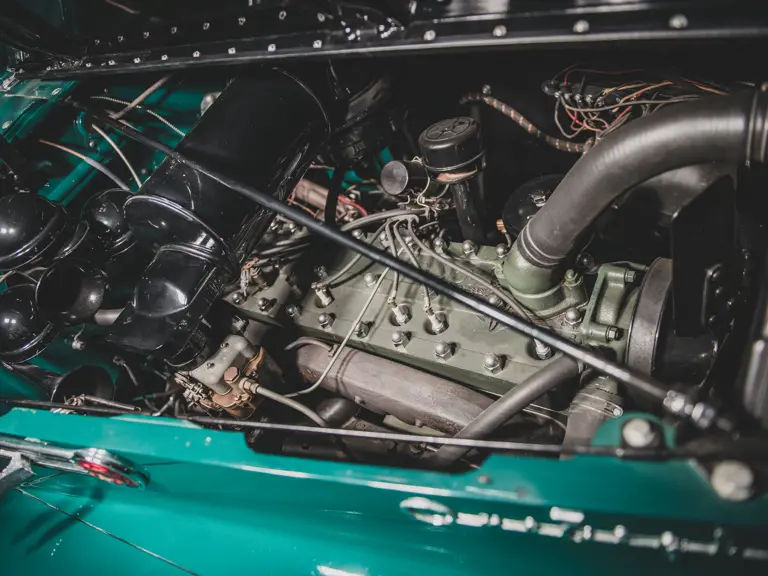

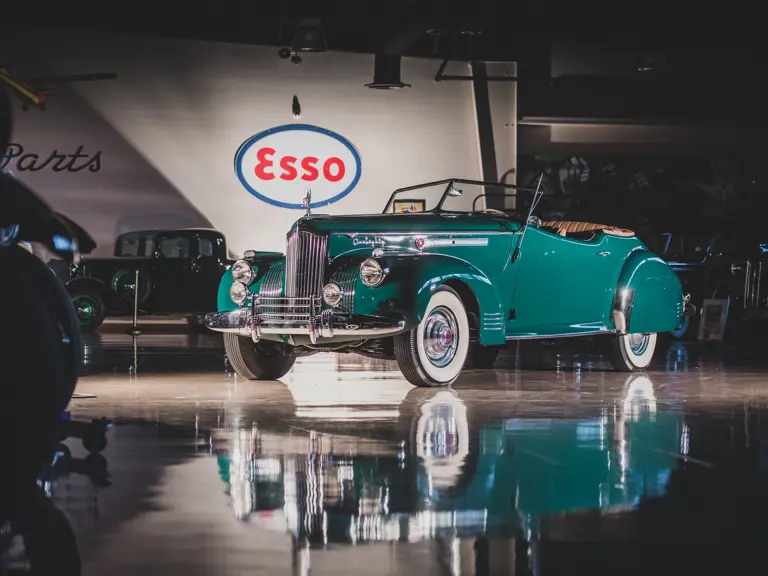
 | Phoenix, Arizona
| Phoenix, Arizona
